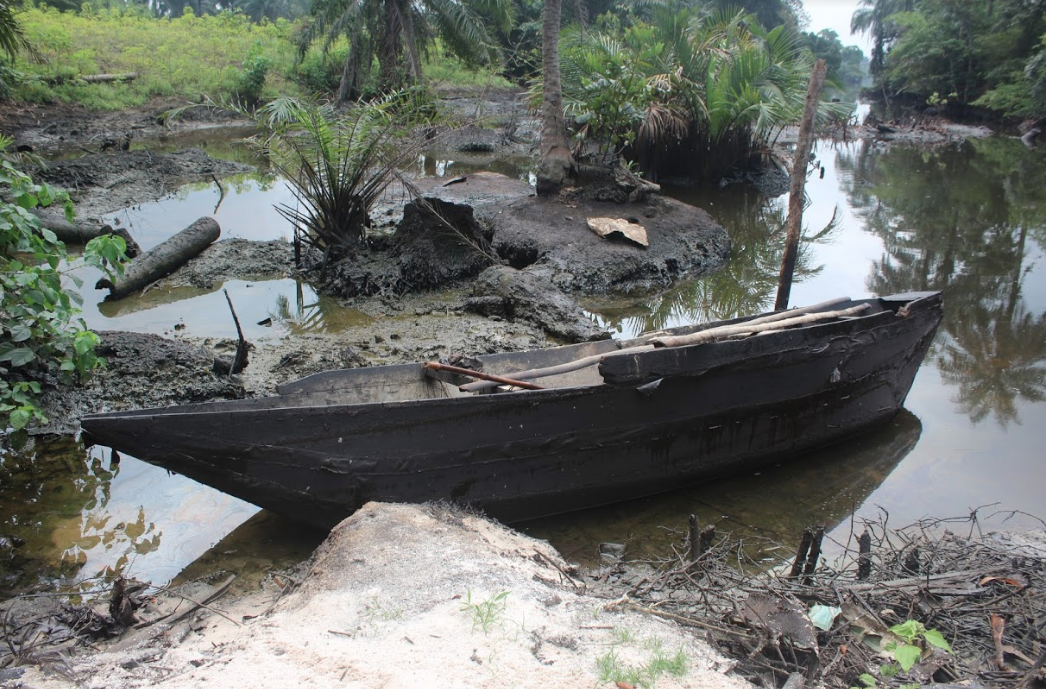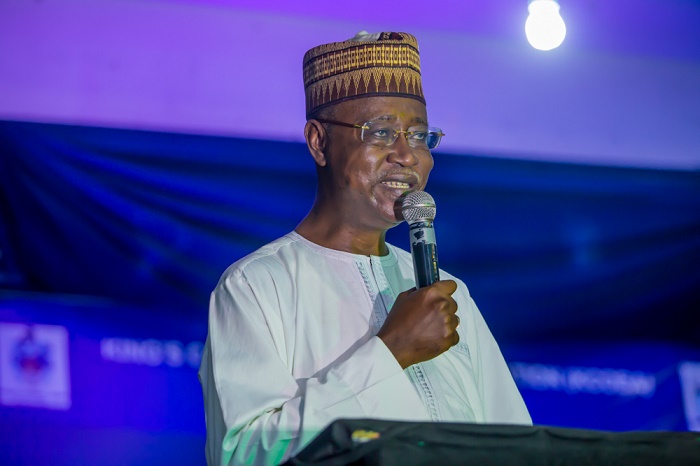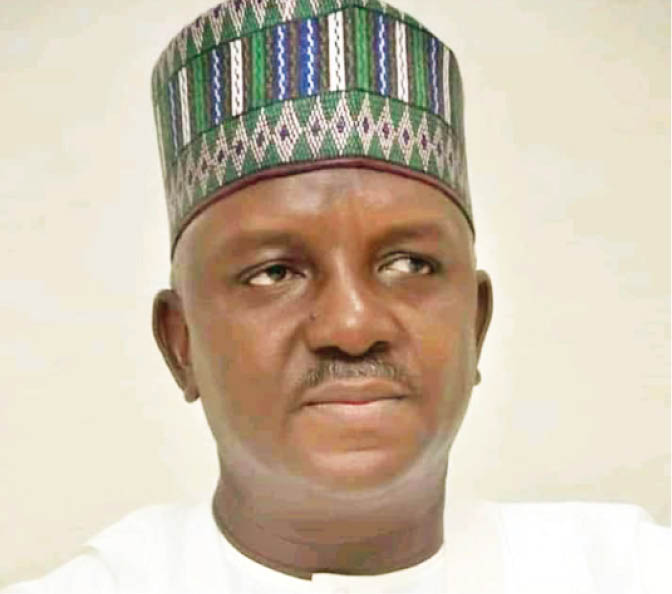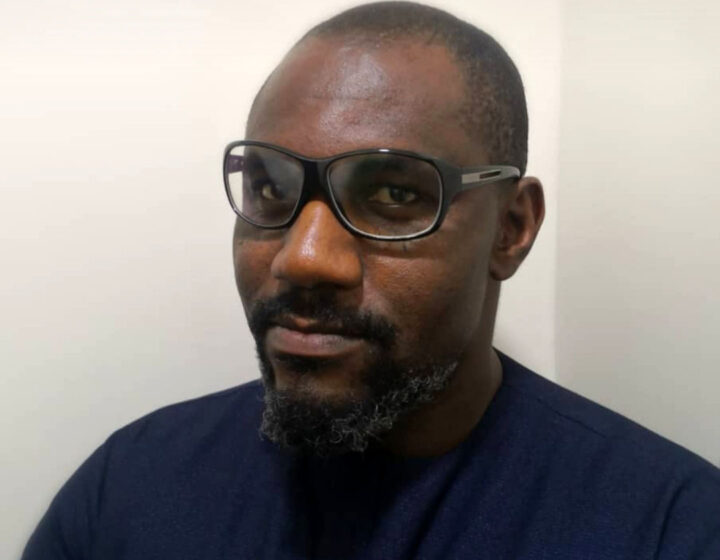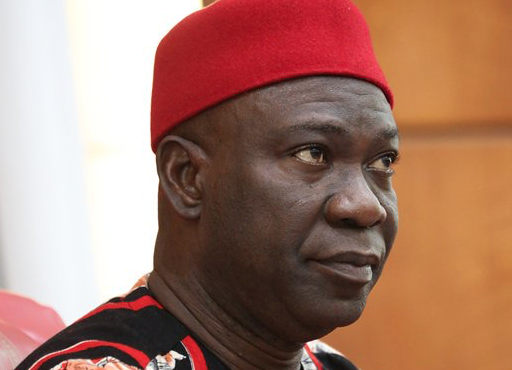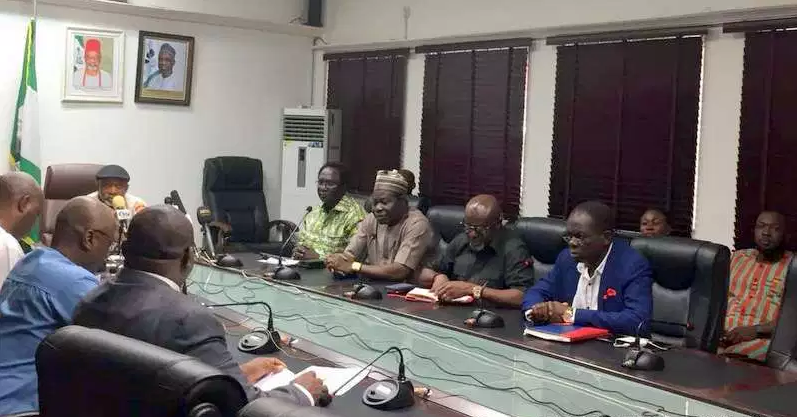BY CYRIL ABAKU
“Water, e don get enemy!”
I am afraid that as I commit myself to putting down some thoughts on what is arguably the biggest weapon mankind is relying upon in its preventive onslaught against an invisible enemy – at least invisible to the human eyes – I may be, will surely appear to be, standing popular logic on its head.
In fact, it is one logic ingrained only too deeply in public consciousness, made no less so by the legendary Fela Anikolapo-Kuti with his 1975 eponymous hit, w-a-t-e-r e no get enemy.
Advertisement
With this confession in hand, I believe I can drive straight to my point. If you have the latest Covid-19 figures in which there are more than five million confirmed cases of which about three million are active, at least two million have recovered and no fewer than three hundred thousand dead, the picture doesn’t come too quickly to your mind that water, without its weaponisation, the Coronavirus that has become the global enemy number one, would by now have been enjoying a far freer, deadlier rein among the nations of the earth.
The Nigerian case is particularly beyond measure pathetic. Our water resources are depleting at a time the virus is clearly making damaging inroads nationwide, as reflected in the rising numbers being announced daily. And not only that, malaria and other endemic maladies continue to tear through the best defences our weakend healthcare systems are still managing to scramble.
Nigeria’s water crisis is one of the worst in the world. And the situation, for the better part, is man-made. In Lagos, the United Nations, citing years of mismanagement, said two years ago, that only one out of ten persons had access to public water supply. But today, being the country’s epicenter in the war on the virus, the situation has deteriorated even more significantly in recent months. This is because sanitizers and face masks have become luxury items leaving many with no option than to turn to scarce water for regular handwashing.
Advertisement
How about the largely agrarian North, were only 30% of people have access to safe drinking water? Perhaps even that shouldn’t send you going bananas just yet.
Let us look at the Ogoni example where the robbery really rides the rape. It is woeful and easily brings anyone with a living conscience to tears. In fact, it is Nigeria’s signature failure in maladministration, marginalisation, neglect and the wholesale relegation of a people without thought that someday, some measure of reckoning will be required to break the yoke of silence and render to them the justice we must now acknowledge as the Ogoni birthright.
More than five million Ogoni and their neighbours are facing acute water shortages. They are one group who, for no fault of theirs, account for such a number out of the estimated fifty five million Nigerians without access to safe drinking water.
Many are still wondering how wells they survive on for water to drink carry benzene, a well-known carcinogen, up to 900 times above the limits set by the World Health Organisation. It has really gone so bad that fresh studies have found contamination to be existing a mere seven metres below the ground. But I’ll return to this presently.
Advertisement
Now, there is really good reason why water should be the least of the worries for the Ogoni people; why matters shouldn’t have come to this sorry pass.
In 2016, the federal government launched a project to cleanup Ogoniland after decades of pollution that global experts have come to describe as the worst pollution known to man.
In keeping with the recommendations made by the United Nations Environmental Programme to guide the process, emergency measures such as water supply, the creation of a centre of excellence as well as the conduct of a health audit among other things ought to be in place before decontamination and remediation are undertaken.
But these measures have been skipped, and in their place is a contrived arrangement that is filling locals with visible cynicism and angst.
Advertisement
Let me explain better. In January, I attended a stakeholders’ conference on the Ogoniland clean-up in Port Harcourt organised by the African Centre for Leadership, Strategy and Development. Everybody who needed to be there was there. The Hydrocarbon Pollution Remediation Project ( HYPREP), National Oil Spill Detection and Response Agency (NOSDRA), Movement for the Survival of the Ogoni People, Ogoni traditional rulers and several other interest groups were all present. It was well attended, with funding from cordaid.
Monday Osasah, acting Executive Director of the Centre laid out the groundwork to the day’s discussions and outlined expectations. But soon, as stakeholders began to engage on the issues he raised, not a little stir ensued. Apparently, the United Nations Environmental Programme’s blueprint for the cleanup of Ogoniland had been subjected to several private interpretations.
Advertisement
And it was a good one because it became clear, if before now it wasn’t, that a lack of uniform interpretation of the UNEP report by stakeholders is one reason the cleanup, estimated to last about 30 years, may now remain on the much longer road it is taking.
My summation of submissions at the event are that the lead agency, HYPREP, and other stakeholders have more work to do than they think. The media is daily awash with news of the cleanup now underway but locals don’t have that water to wash away their thirst at the most basic level. Even HYPREP’s claim that they had devised a suitable model for water supply to the communities was shot down by the thunder of a rejectionist uproar. The fact again that HYPREP believes it’ll only set up the UNEP-recommended centre of excellence for light skills training and empowerment at the end of the project is surely a guarantee that a doomsday isn’t too far away.
Advertisement
And yet, the issues run even deeper really. Women groups are alleging that they are not being brought into the mainstream of the project, a claim made by both young and old at the summit. Yet they remain at the receiving end in all ramifications bearing the brunt of having to cope with the exigencies of the negative impact of environmental pollution.
Inadequate sensitization to the issues at hand is one vexed point whenever the cleanup project is on the front burner. HYPREP is believed to have communicated less and ineffectively to the stakeholders. It needs to carry along every segment of the Ogoni society in its drive to realize the object of the Clean-Up. The dissenting voices from a situation such as this are capable of obstructing the flow of plans and programmes of the clean-up. As the Senate pointedly remarked only recently, the project itself is proceding rather too slowly in spite of available funds. Again this raises questions about the capacity within HYPREP to effectively chart a way forward with the clean-up.
Advertisement
A starting point to reverse the narrative and rebuild confidence would be for HYPREP to, at the very least, revisit the question of the health audit and water supply to ensure that, in the wake of the Covid-19 pandemic, it doesn’t lose its bearing should the unexpected happen.
Similarly, communication and sensitisation are key to harnessing stakeholder relations. To forster understanding and explore the possibilities that would accrue from inclusion, these could be a good place to start.
Abaku is a Lagos based journalist
Views expressed by contributors are strictly personal and not of TheCable.
Add a comment
